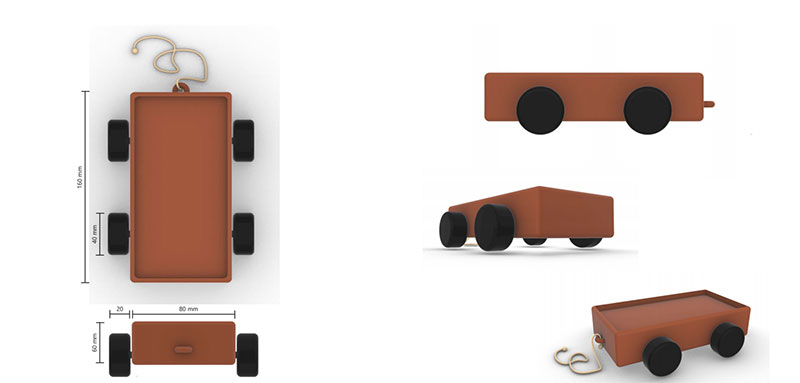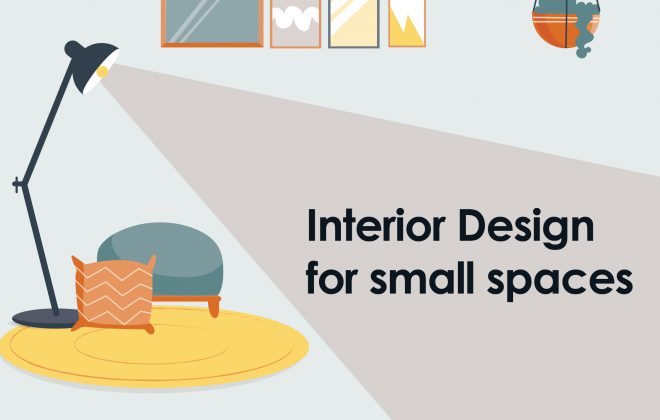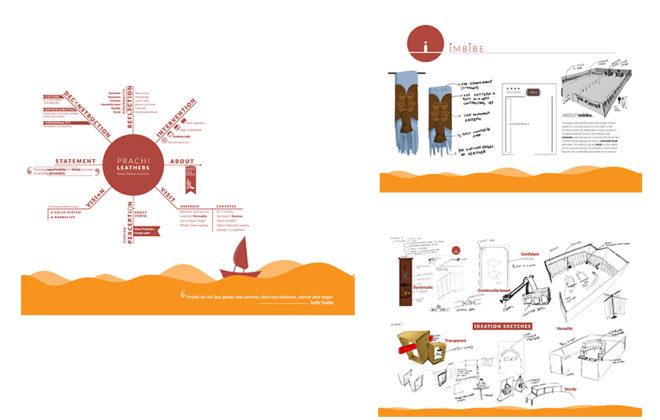Design has been an integral part of India, even before being formalised into a separate sector. India is one the few countries to have formulated and adopted a National Design Policy along with the creation of India Design Council to implement the major provisions of…
What are the Types of Design Courses available in India ?
Design has been an integral part of India, even before being formalised into a separate sector. India is one the few countries to have formulated and adopted a National Design Policy along with the creation of India Design Council to implement the major provisions of National Design Policy. Design is a vast discipline, encompassing a plethora of silos or streams. Few of the design courses in India are as follows:
Graphic Design
We see visuals around us every day. Graphic design is the process of creating content for visual communication. This field is often considered a subset of visual communication and communication design. This broad-spectrum includes illustration, graphic design, typography, infographics, advertising, semiotics, and animations. It often involves applying psychological principles to communicate more persuasively.
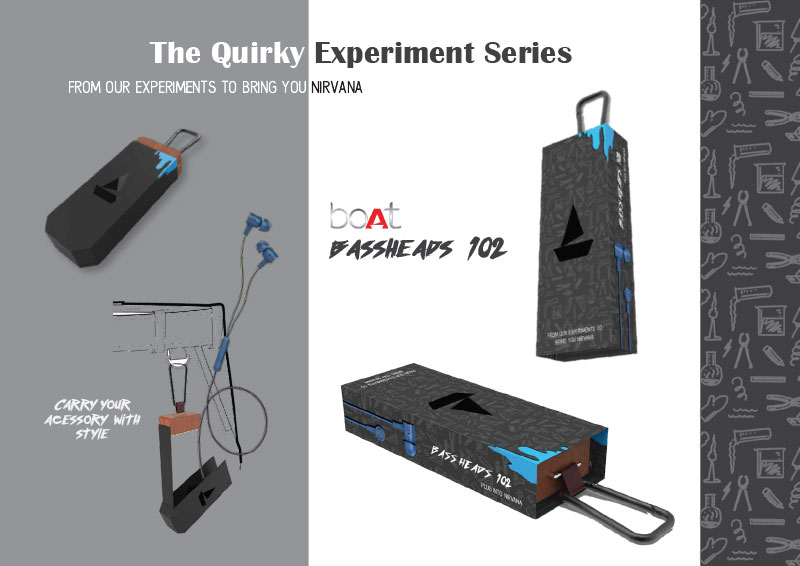
Fashion Design
A fashion designing course is about bringing cohesiveness and sophistication to the product which can provide a holistic experience, be it an article of clothing, fabric, or even the smallest denominator i.e. a yarn. It includes designing, manufacturing, and marketing of the clothing, footwear, fabrics, and other textile products.
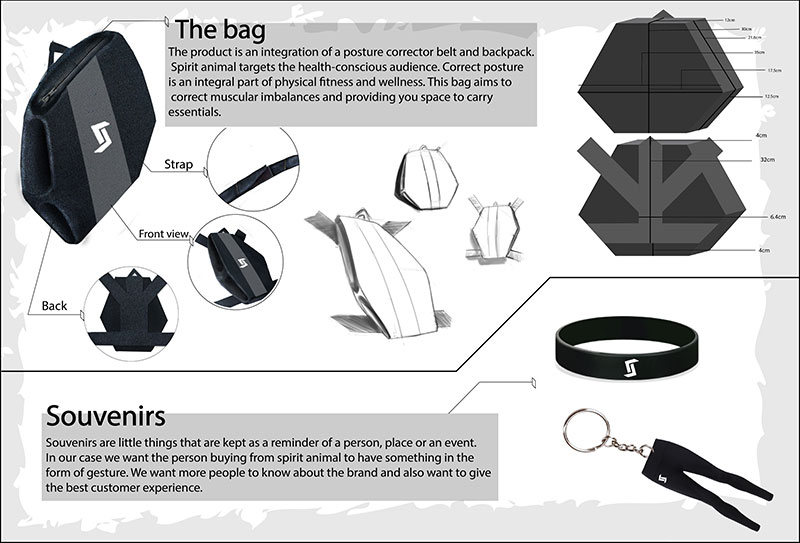
Interaction Design
In the fast-paced world of new media, gadgets, devices, and integrated systems, the role of the interaction designer is critical as it facilitates the user to become comfortable and integrated with multiple interfaces. Interaction design is as much about technology and software skills, as it is about human-centered design and the goal of the field is to facilitate the interaction between users and technology.
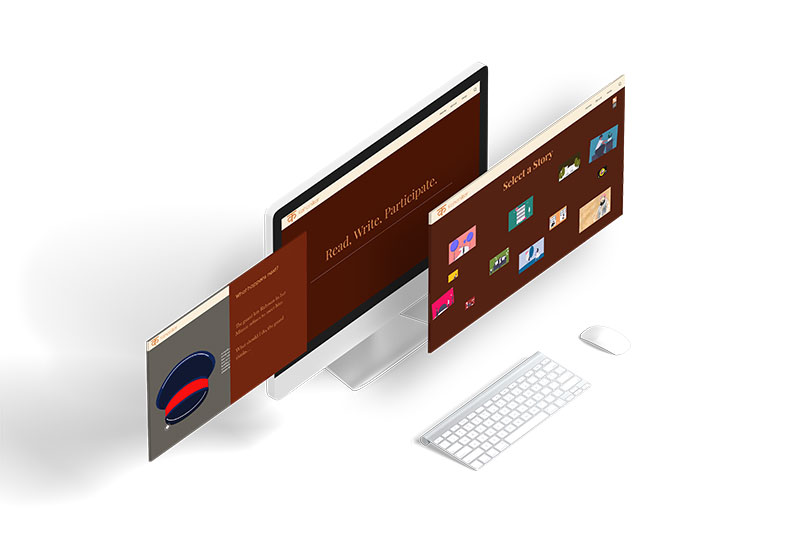
Space and interior Design
Spaces affect humans, they influence the physical, psychological, cognitive, and behavioral aspects of the end-users. The spatial qualities define and determine how we feel, think, and act in a certain setting. An ideal space can accommodate everything and still be able to provide the desired comfort. This is facilitated by careful consideration of the basic elements and principles of space and interior design.

Product Design
The relationship between humans and products is almost as old as the history of human civilization. The field of product design is wide and encompasses multiple verticals within it. The Product Design Programme at TDV prepares the student to design products, not just for the current needs, but also products and systems of the future. It moves beyond a basic redesigning or styling exercise and urges the students to start questioning the context, the use, the meaning and associations of each product and its purpose.
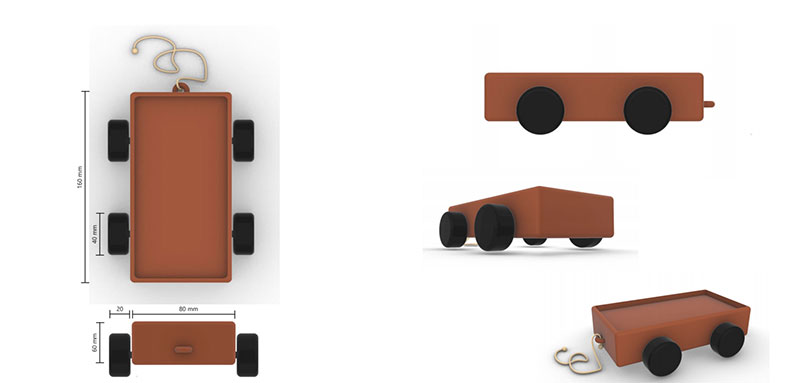
Transportation and Mobility Design
Growing urbanity and changing lifestyles demand high-end mobility and commuting convenience. To address the changing forms of movement one needs a thorough understanding of automotive materials and technology, systems of transportations, and the future of mobility. One also needs to be aware of factors like economy and culture which considerably influence the realm of transportation
